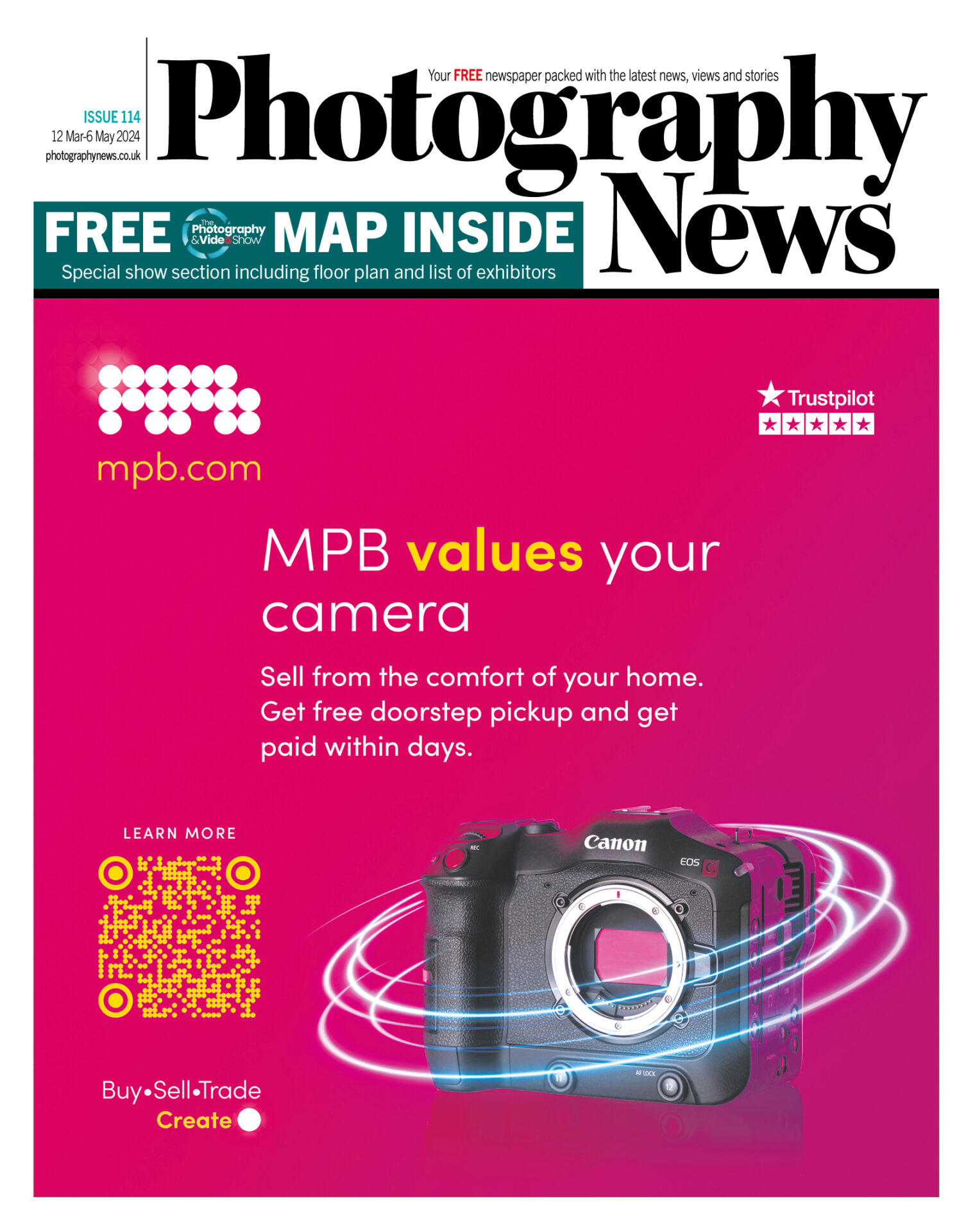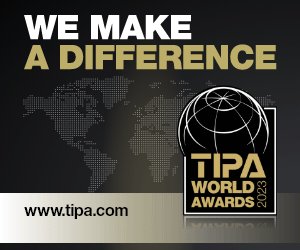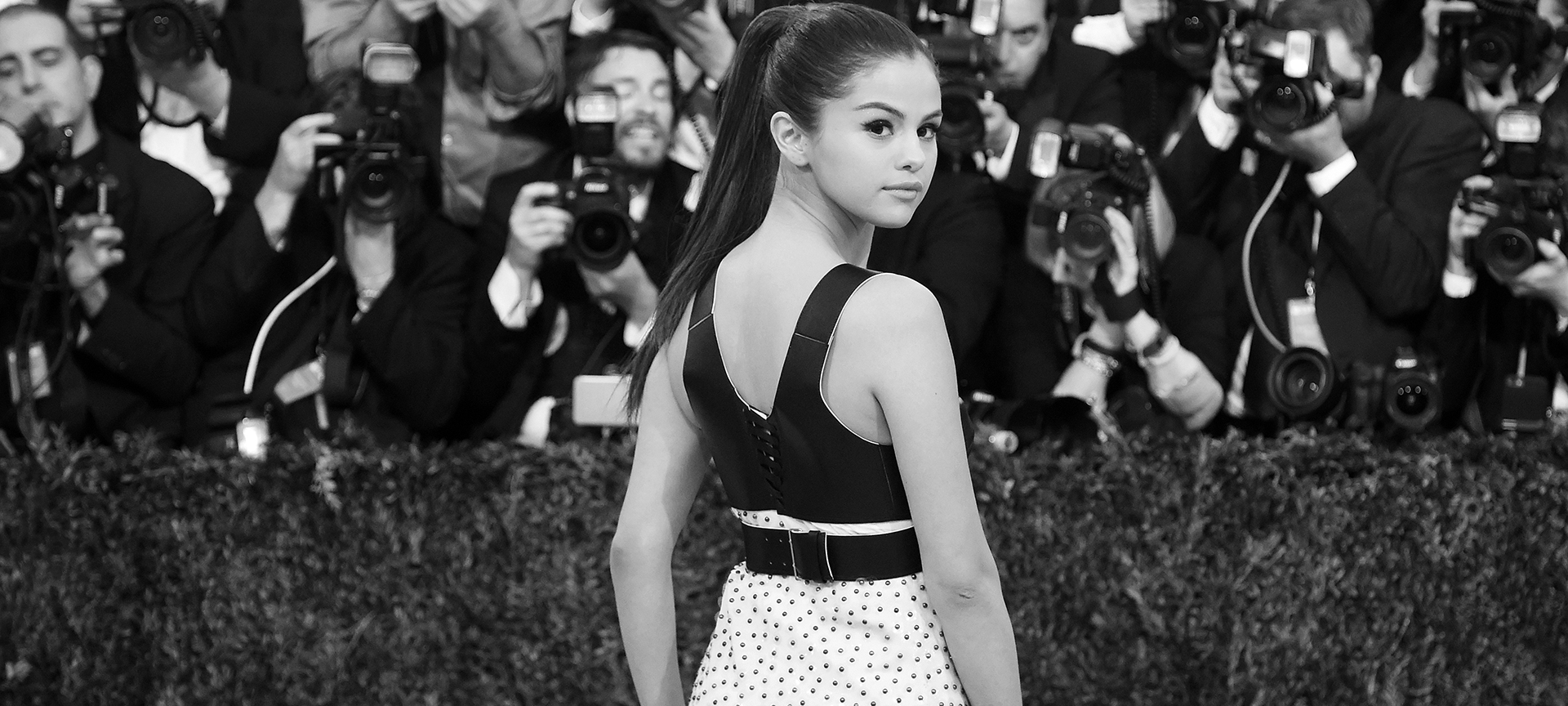
Reflections on shooting high-profile red-carpet events
Ever wondered what it’s like shooting at the Met Gala? Shutterstock photographer Stephen Lovekin shares his experience.
Each year, the Met Gala, an annual fundraiser held in New York City, offers photographers like me a prestigious opportunity to capture the most famous people across a variety of different industries. The Gala is considered to be the fashion industry’s premier annual red carpet event, and I shot it on behalf of Shutterstock. It’s the most high-pressured event of the year for us because we know publishers, agencies, and brands around the world need the photos as quickly as possible to lead and appear in their coverage of the Gala.
Because the Gala is so intense, you have to approach it with a specific strategy and plan to help ease the pressure a bit. Preparation is key. Small things like backup flashes and spare batteries are essential. I have colleagues that take four flashes to these events. You go through the flashes pretty quickly, and when you’re in the melee you don’t necessarily always have time to change batteries so it’s a lot easier to just snap on the second flash and continue shooting.
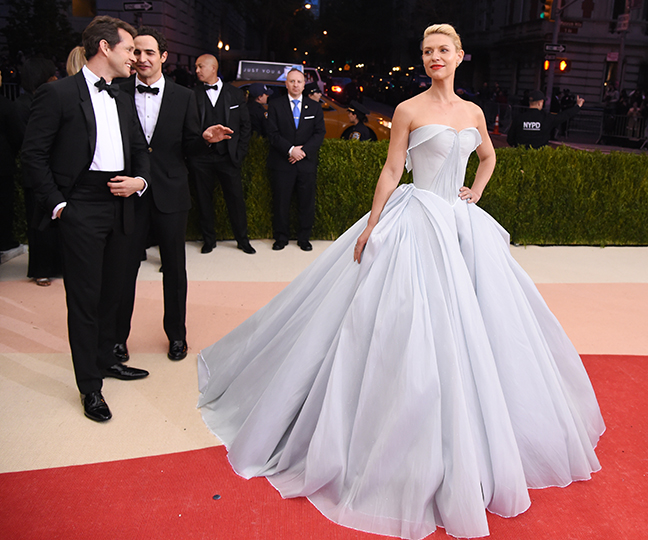
© Shutterstock / Stephen Lovekin
In terms of batteries themselves, there are camera batteries, flash batteries, and also battery packs. In total, that’s a pack of 24 fully-charged double-As, one battery pack, and then at least three camera batteries per camera. All that equals one very heavy camera bag, which I’d estimate at around 35 pounds that you’re hauling around with you. (I’ve actually moved over from a backpack to a rolling suitcase.)
However, one of my favourite devices that I’ve seen being used is a very simple one. It’s a small blinking light – more of a toy than anything else. While everyone is competing for attention from the celebrities as they walk by, it can get pretty loud. By attaching the light to the equipment, I can grab the attention of a celebrity, leading to the necessary eye contact for the perfect shot.
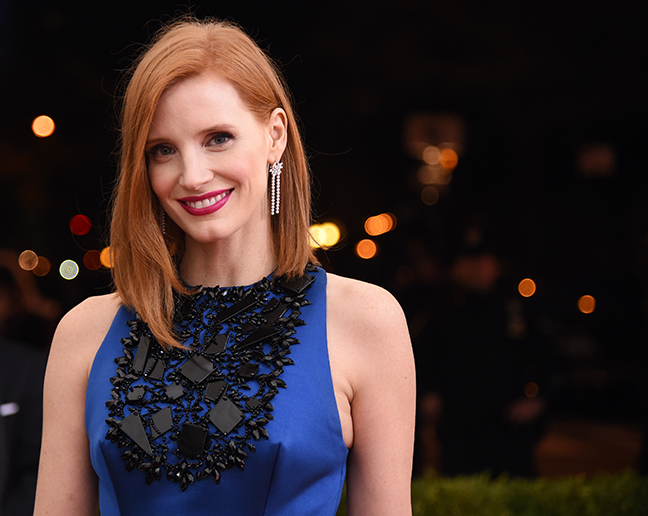
© Shutterstock / Stephen Lovekin
For the Met Gala, we arrive between 3pm and 4pm, with the event then starting in the evening. We’re put into groups, with about 10 photographers assigned to specific stations. This high-profile event brings hundreds of photographers and supporting staff, shadowing both sides of the carpet. Shooting the red carpet alone takes several hours so it’s important to pack snacks and also to wear comfortable shoes. A full Met Gala shift can last upwards of 10 hours. You can’t let exhaustion creep in; if you fade, your photos will begin to fade as well. It’s important to stay focused and to keep your head in the game.
During those hours on the red carpet, I have a series of small windows of five to 10 seconds to capture the photos during different people’s arrivals. Therefore, you need to be quick and always alert.
Getting the images ready for commercial use is also a slick operation. My photos go immediately to a team of editors who are standing by to crop and select the photos that will make it into Shutterstock’s collection, available for licensing. A picture from my camera can be uploaded onto a publisher’s website in a matter of minutes.
So which images work best? My advice is to first focus on getting the full gown in the shot. It’s all about the gowns and the accessories that celebrities have carefully selected to showcase. As soon as a celebrity emerges, start shooting. Even if you don’t think those shots necessarily will be the best ones, there’s always time later on to go back through the thousands of photos and pick out the best ones. You won’t, however, have time to retake ones you may have missed. You need to be able to move on. If you obsess over what you didn’t get, you’ll miss the next one. As you work in the business longer, you develop skills and savvy to capture both the bread-and-butter shots and more candid ones.
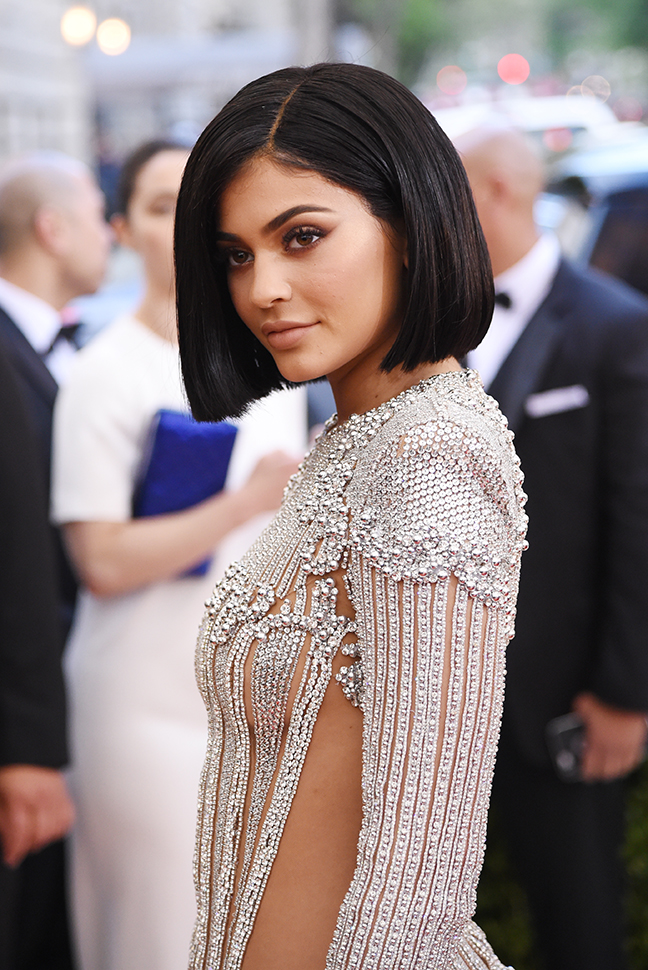
© Shutterstock / Stephen Lovekin
When thinking about what publications want from your portfolio, you should strive to have a range of photos. This is why it’s key to shoot everything. The standard full-length fashion shots will always sell. However, the wacky shots are also going to earn you money. In 2015, for instance, only one photographer, maybe two, got that coveted shot of Amy Schumer diving in front of Kim and Kanye – and that photo went far and wide.
Covering red-carpet events is a science more than an intuition; you need to come into the event knowing the types and styles of photos that will attract publishers’ eyes. Although a certain amount of experience is required, practice really does make perfect. I learn new tricks and other things each time I set out. The end result may look flawless and glossy but I can assure you that a lot of work and planning goes into producing these beautiful images.
By Stephen Lovekin, Staff Photographer, Shutterstock



